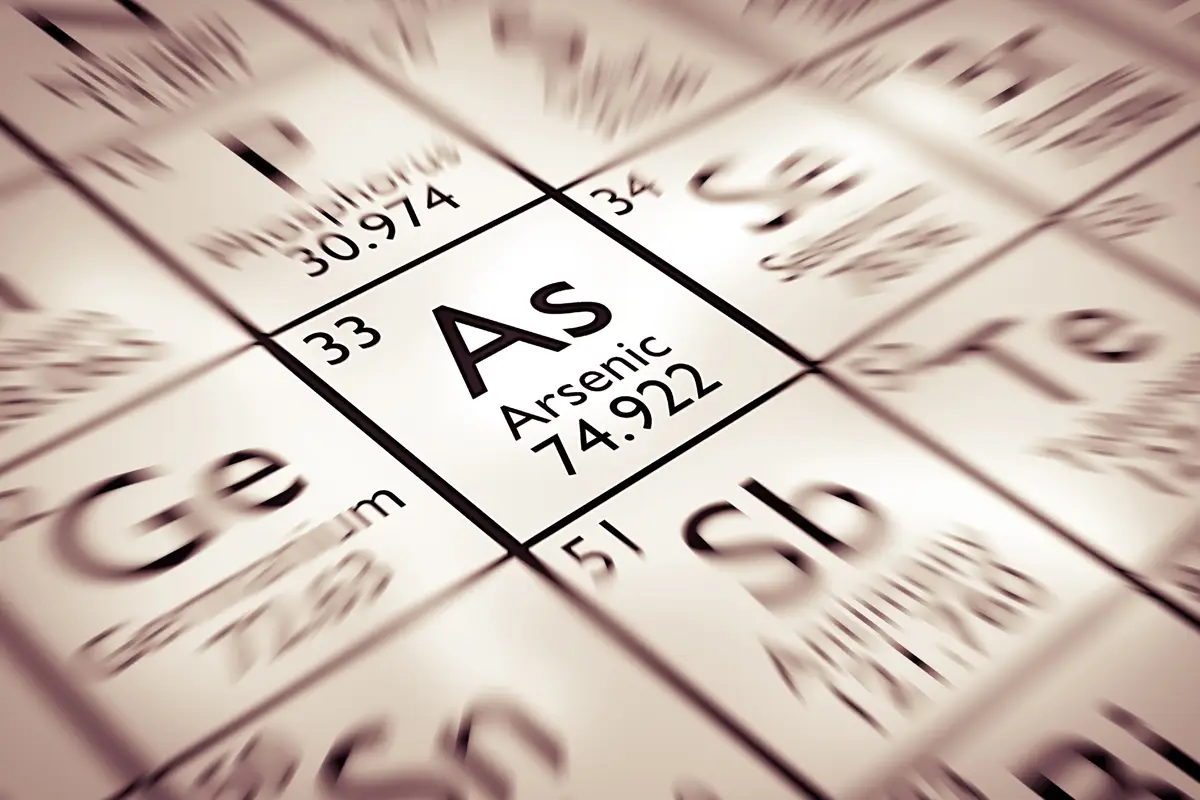
Inorganic arsenic in food: health concerns confirmed
According to EFSA, prolonged intake of the substance exposes the risk of cancer / Attachment

Consumer exposure to inorganic arsenic in food raises a health concern according to the conclusions of EFSA’s latest risk assessment of this contaminant. The finding confirms the outcome of EFSA’s previous assessment of the risks linked to the presence of inorganic arsenic in food from 2009.
The European Commission asked EFSA to update its assessment of inorganic arsenic to consider new studies on its toxic effects. EFSA consulted external stakeholders on its draft opinion and considered the numerous comments that were received before it was finalised.
Arsenic is a widely-occurring contaminant which is present both naturally and as a result of human activity. Arsenic appears in various forms, depending on its chemical structure. EFSA’s present opinion focuses on inorganic arsenic.
Food is the main source of exposure to inorganic arsenic for the general population in Europe. The main contributors to dietary exposure are rice, rice-based products, and grains and grain-based products. Drinking water also contributes to exposure, although levels are usually low in Europe.
Long-term intake of inorganic arsenic has been associated with a range of adverse effects on human health, including some forms of cancer. For its assessment, EFSA considered the increased incidence of skin cancers associated with inorganic arsenic exposure as the most relevant harmful effect. The experts concluded that ensuring protection against skin cancer will also be protective against other potentially harmful effects.
When assessing genotoxic and carcinogenic substances that are unintentionally present in the food chain, EFSA calculates a margin of exposure (MOE ) for consumers. The MOE is a ratio of two factors: the dose at which a small but measurable adverse effect is observed, and the level of exposure to a substance for a given population. A low MOE represents a greater risk than a higher MOE.
Based on the available data from human studies, an MOE of 1 or less would correspond to an exposure level to inorganic arsenic that might be associated with an increased risk of skin cancer.
In adults, the MOEs are low – ranging between 2 and 0.4 for average consumers, and between 0.9 and 0.2 for high consumers. Experts concluded that this raises a health concern.
Attached to this EFA News is the full text of the Efsa study on inorganic arsenic in foods.
EFA News - European Food Agency